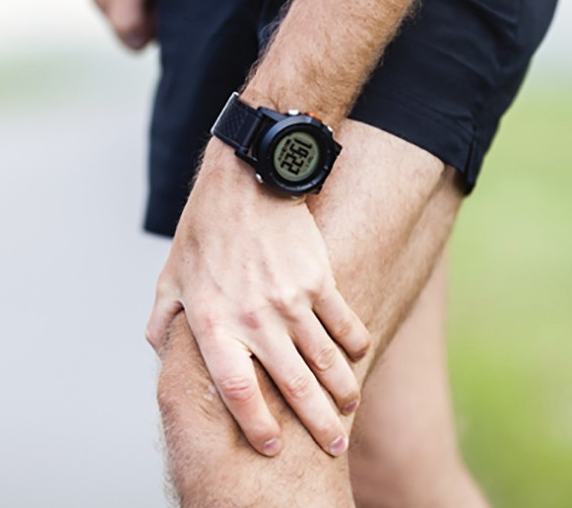By Dr. Merve Ozen
University of Kentucky
Of all the joints in the body, the knees get the most wear and tear. Decades of walking, running, sitting, jumping and other activities can take a toll on the cartilage – the smooth tissue between the bones – leading to osteoarthritis.
The resulting pain and stiffness can limit mobility and have a detrimental effect on quality of life. Because of other health conditions, some patients are not candidates for knee replacement surgery or have persistent pain, swelling, and bloody fluid accumulation after the surgery.
Treatment for osteoarthritis ranges from over-the-counter medication to complete knee replacements. But people who live with osteoarthritis may benefit from a new procedure called genicular artery embolization (GAE).
While other treatment methods focus on the cartilage itself, GAE is a minimally invasive procedure that targets inflammation around the joint. The connective tissue that lines the inside of the knee called the synovium, gets its blood supply from six arteries, known collectively as the genicular arteries.
Using 3D imaging and contrast to identify the inflamed areas, the interventional radiologist inserts a small catheter into the artery in the upper thigh and guides it down to the synovium in the knee. Small particles are injected into the arteries to reduce, or embolize, the blood supply. The result is reduced inflammation and long-term pain relief.
After this minimally invasive procedure, the patients can go home the same day. They are advised to take it easy for a few days, then can gradually resume their normal activities as the inflammation goes down.
Another benefit of GAE is the reduced dependency on opioids, nonsteroidal anti-inflammatory drugs (NSAIDs) and over-the-counter pain relievers. Overuse of those drugs can lead to addiction and increase the risk of long-term organ damage from overuse.
While GAE doesn’t repair or restore damaged cartilage, it can offer pain relief and increased mobility for people who either don’t want or are ineligible for a knee replacement. If you are experiencing moderate to severe knee pain, and other treatments such as anti-inflammatory injections and physical therapy were not successful, ask your doctor if you would be a candidate for GAE.
Dr. Merve Ozen, M.D., is an assistant professor of Radiology, Surgery, Obstetrics and Gynecology specializing in Vascular and Interventional Radiology.

















